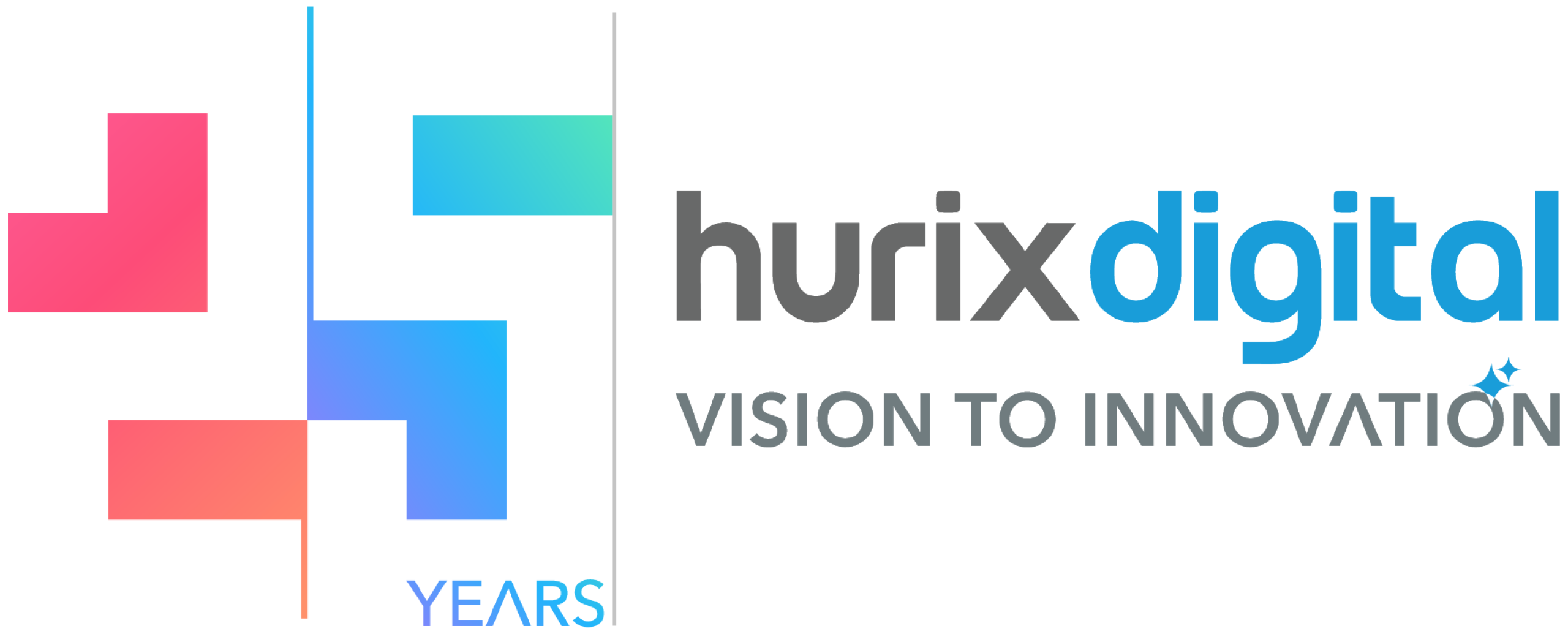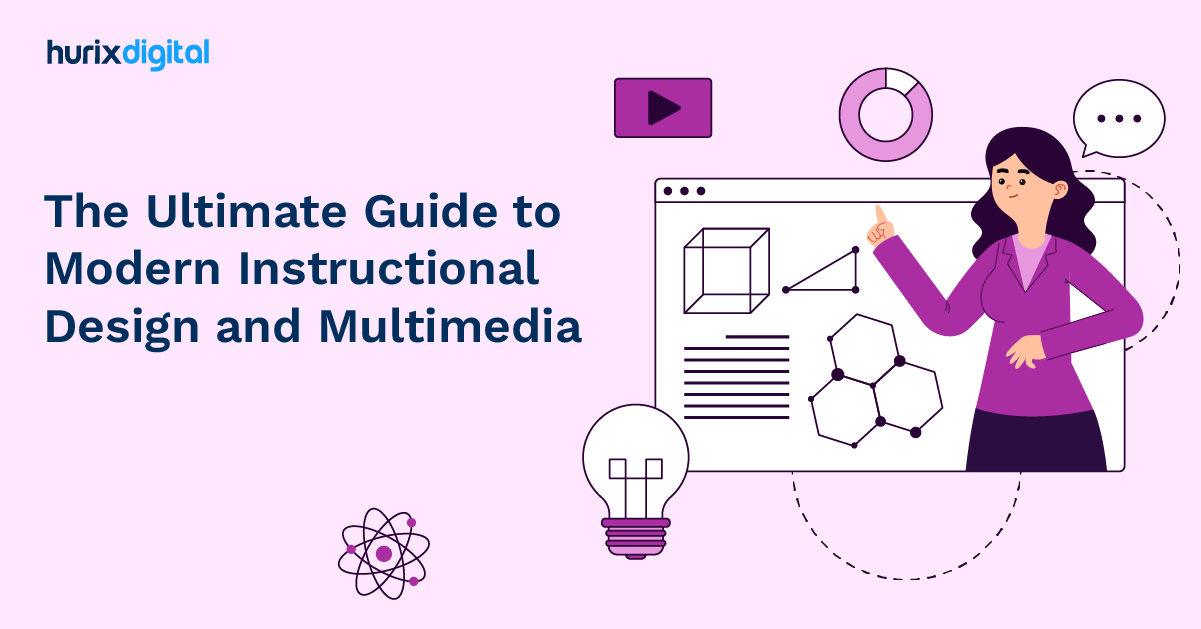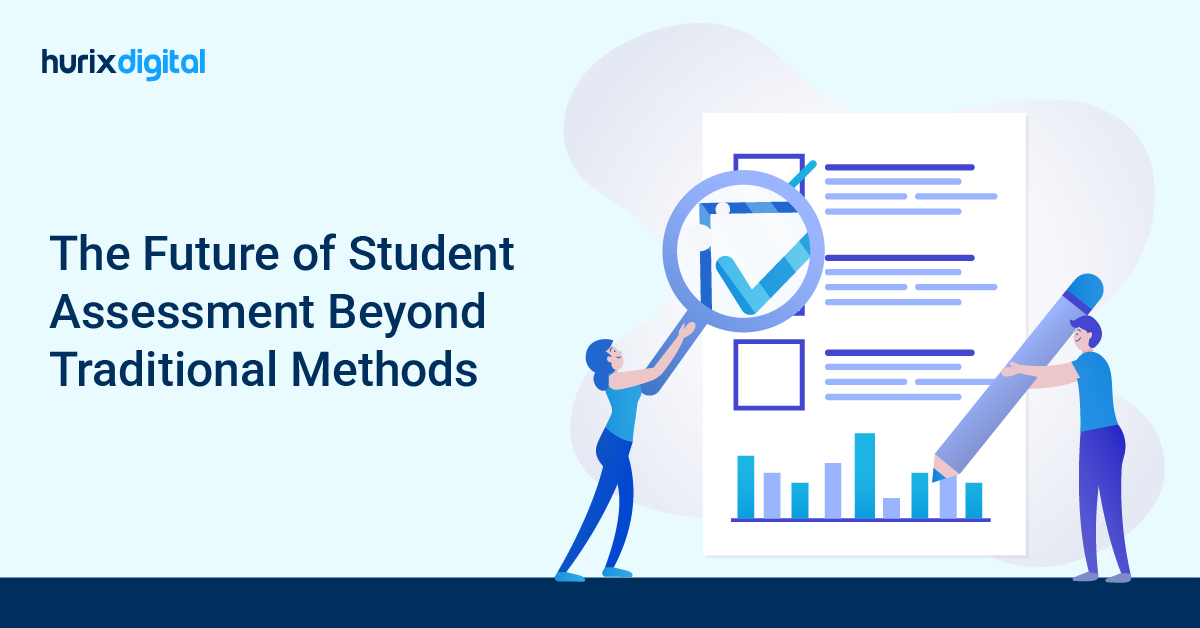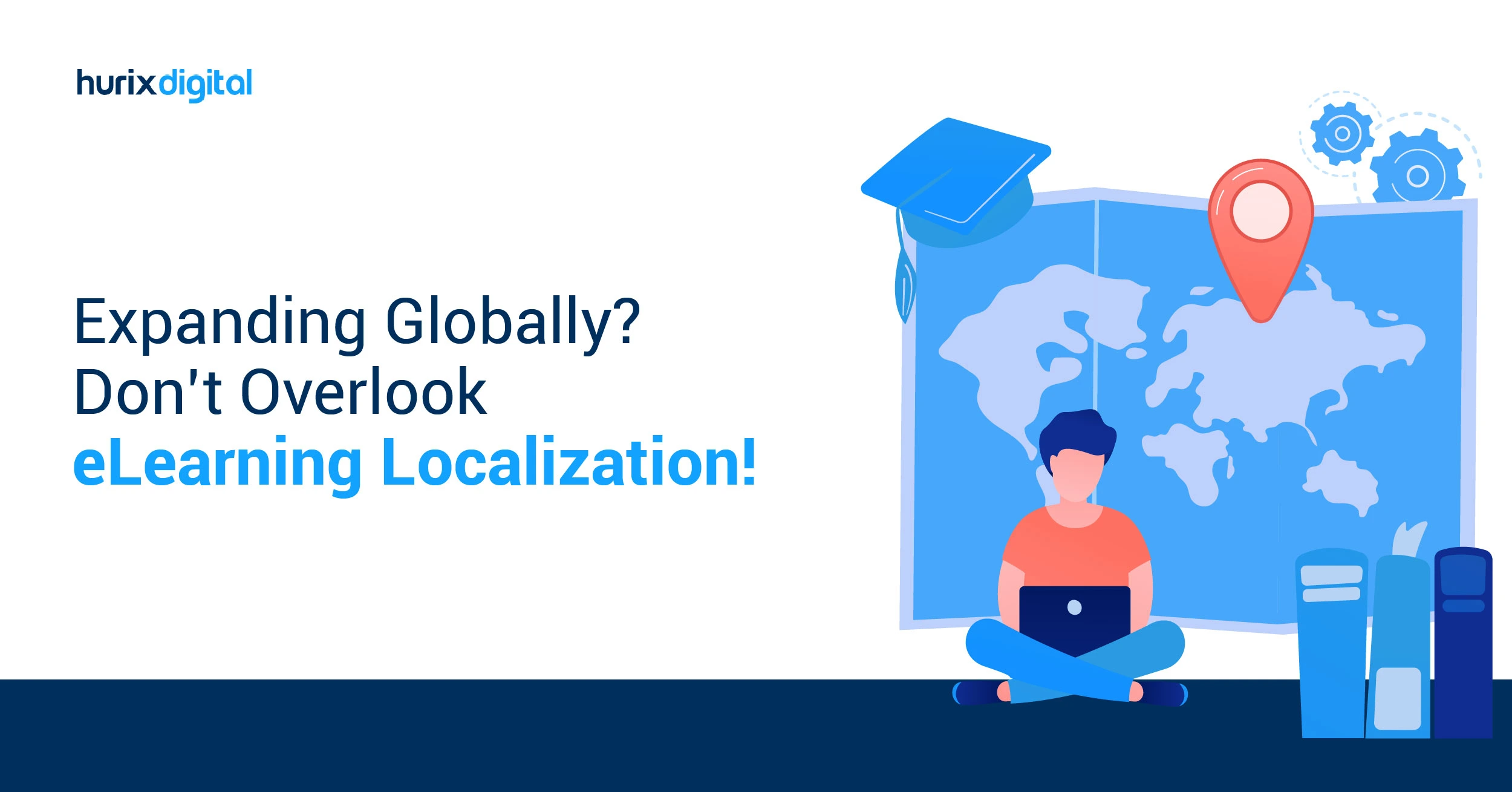
10 Ways AI Online Course Creators are Changing Learning for EdTech Leaders
Dedicated professionals typically face a recurring conundrum in EdTech: the push for scalability in producing online course learning content often conflicts with the artistry that goes into truly high-quality, engaging learning experiences. This conflict keeps many leaders up at night and is a constant pedal of the push/pull between reach and depth of pedagogy.
In such intense conditions, artificial intelligence is always a part of the conversation. This topic holds intriguing promise but also a complication regarding course creation. But what does that revolution entail?
Is it that AI really elevates course quality and learner engagement, or just speeds up content production?
Educators wrestle daily with notions of whether they’re producing a real-world impact: Is AI actually personalizing learning at scale and without violating the integrity of the brilliant art of instructional design? And then, there’s always the hard question of whether we’re integrating AI tools seamlessly enough for faculty to use and/or ensuring the originality and safety of intellectual property in any content that is generated. These aren’t minor in the conversation; these are the reality of the terrain that EdTech leaders will navigate if they want to responsibly unleash the chaotic, and often messy, potential of AI.
AI online course creators are a great way to answer all of these questions. Let’s dive in!
Table of Contents:
- How Can AI Significantly Scale Online Course Content Production Efficiently?
- Does AI Genuinely Improve Online Course Quality and Learner Engagement?
- Can AI Personalize Learning at Scale Without Compromising Instructional Design?
- What is the Quantifiable ROI of AI in Online Course Development?
- How to Integrate AI Tools Smoothly for Faculty in Course Creation?
- How do You Ensure Originality and IP Safety in AI-Generated Content?
- How Seamlessly Does AI Course Maker Integrate with Existing EdTech Ecosystems?
- How Can AI Keep Online courses Constantly Current with Market Demands?
- How Can AI Be Used for Data-Driven Course Improvement Strategies?
- What are the Ethical Implications of AI Course Creation for Educators?
- Conclusion
How Can AI Significantly Scale Online Course Content Production Efficiently?
The perennial problem for anyone developing some online courses is not the knowledge gap, but the sheer, often daunting, amount of effort required to take expertise and turn it into well-structured, digestible content. One can tell that the traditional way to scale this process was to throw more people at it, which rarely yielded effective efficiency; instead, it often just exacerbated coordination issues.
Here’s where a discerning eye begins to appreciate what artificial intelligence has to offer in producing a course. It isn’t about replacing the subject matter expert, not at all. That’s a common, and frankly, unhelpful misconception. Instead, AI is far better at the incredibly boring, repetitive, yet critical grind work. Think of it- an educator spends hours writing initial outlines of modules, taking lecture notes and turning them into coherent text, or brainstorming dozens of unique quiz questions for each lesson. These tasks, while important, are often a drain on an expert’s most valuable resource, namely their deep understanding and creative insight.
You can start by writing the content for your lessons. AI quickly transforms a lecture transcript or research papers into a rough draft. It’s not perfect. Prose can be stiff or devoid of nuances, but it saves hours on a blank page. Experts then polish it with their voice and knowledge. Generating assessment questions from the lesson text is also easy. AI can generate lots of options for review and selection. This automation removes the mechanical labor from the equation, freeing educators to work on pedagogy and engaging learners. The purpose isn’t to automate learning but to tackle the tedious tasks that impede content creation.
Does AI Genuinely Improve Online Course Quality and Learner Engagement?
When one considers whether AI is a boon to online courses and student engagement, it’s easy to dwell on the technology’s promise. AI can monitor students’ performance precisely, pinpoint areas where they are struggling, and offer specific remedial content- so much so that no teacher handling dozens of students would be able to do that consistently. Some of them work by reducing friction and making learning more efficient.
However, we should question whether efficiency really makes a difference to course quality or engagement. Quality often depends upon rich intellectual exchange, instructor provocations, or peer insight. An algorithm can perhaps personalise content, but the ‘inefficiencies’ of shared learning, questions, divergent views, and polite disagreements often spark understanding and critical thinking. Cutting off these human interactions can take away from the communal nature of deepening one’s insight.
And engagement? It’s complex. AI can send you reminders, suggest articles to you, or gamify your learning, which are useful nudges. But a true engagement, which generates curiosity and an enthusiasm for a subject, is often founded on an emotional connection. It’s the instructor’s passion, being heard, and shared discovery. Can AI replicate that? It’s able to crunch data and handle logistics, but rarely captures the empathy, serendipitous insights, or gentle nudges that make a course truly enriching.
Thus, while AI provides potent tools for information management and task simplification and potentially makes online learning easier and perhaps less frustrating in certain respects, we should be vigilant not to confuse its instrumental value with the basic components of rich learning. It is, in a way, an advanced aide, to be sure, but the core of quality and the driver for deep engagement is, for the most part, still the very human endeavor.
Can AI Personalize Learning at Scale Without Compromising Instructional Design?
The prospect of AI personalizing learning for every student at scale is almost utopian, right? Imagine having a system that knows when you’re stuck, what example will click, or which skill needs a little more drilling. On the surface, it holds out the promise of solving so many persistent challenges in education.
Let’s rethink what we mean by personalization and instructional design. For experienced educators, it’s not just putting together lessons. It’s a deliberate process that helps manage cognitive load, scaffold learning, promote transfer, encourage critical thinking, and sometimes introduce productive struggle. It involves constructing a curriculum brick by brick towards a deeper understanding.
Can AI really preserve that kind of thoughtful, purposeful design, or does it necessarily dissolve it? An AI, however sophisticated, is basically working on algorithms and data. It might look for patterns – “this student is having trouble with fractions, so give them more fraction problems.” That’s personalization, to be sure. But did the original instructional designer intend for that student to just do more problems, or did he or she envision a different, more holistic approach entirely? Perhaps a hands-on activity, a visual aid, a discussion with the class, a real-world connection?
The real difficulty comes when the adaptive pathways of the AI take a mark that is quite different from the designer’s initial pedagogical intent. If an AI chooses not to include a foundational concept because it seems that a learner grasps it very quickly, but the designer knows that the concept is critically important to deeper learning in later grades, what happens then? We run the risk of producing what might be described as “optimized shallowness.” Yes, the student passes the immediate assessment, but the strong mental model that the designer attempted to build never quite materializes.
Consider the feedback loop. Good instructional design is aware of misconceptions and provides subtle feedback beyond simple right or wrong. Is AI actually able to tease out faulty reasoning, or is it just able to correct output? The human element, like a teacher’s intuition, a designer’s foresight, or knowledge of a child’s inner world, can often catch the subtle mistakes algorithms might oversample on. It’s about more than data points.
So, can it personalize at scale without a compromise? We suspect that it can personalize some things at scale quite effectively. But the real, deep, truly instructional personalization, leading to true understanding and critical thinking, will still rely largely on human expertise leading the AI, not being replaced by the AI. It’s a powerful tool, to be sure, but one that must be vigilantly overseen by people who really understand how humans learn, messy bits and all. We shouldn’t make efficiency trump efficacy.
What is the Quantifiable ROI of AI in Online Course Development?
Identifying a clear ROI for AI in online course development can feel like a search for the Holy Grail. However, when we look closer, the efficiency gains and increased possibilities become apparent and turn directly into measurable benefits. It’s not magic; it’s intelligent use.
Content generation is fast. An instructional designer might spend days researching and developing a module. Still, with AI, a well-prompted system can generate a first draft of a module, including learning objectives and activities, in minutes. The draft is imperfect, and that’s where human refinement is still necessary. This initial draft shaves down the ideation time of the designer by 30-40%. For example, at a rate of $50 an hour, the savings would be $4,000 to $5,000 on salary costs if someone saved 8 to 10 hours per module over ten modules. That leaves more time for designers to focus on higher-value tasks like advanced pedagogy and learner engagement.
Assessment can be laborious. Grading the open-ended assignments of 200 students manually is an enormous task. AI-assisted rubrics and NLP can automate the initial score and feedback, reducing the hours spent on a student to minutes. This saves money and frees up capacity for educators, so that they can devote more time to struggling students or more live time, which improves learning, completion rates, and course reputation.
AI provides greater scalability by rapidly translating content, creating voice-over, and adjusting visuals. It reduces production time from months to weeks, creates new markets, facilitates a faster learning process for learners, and increases revenue. While the human touch is still required for cultural nuances, AI takes on the heavy lifting, enabling global outreach. ROI encompasses savings and new opportunities.
How to Integrate AI Tools Smoothly for Faculty in Course Creation?
The trick is making AI a natural part of a professor’s workflow. It’s not enough to put new technology on someone’s desk and say, “Use it.” The key is viewing AI as a thoughtful co-pilot, not an autopilot. This leaves mental bandwidth for deeper, more creative tasks.
A professor writing a new module, say a little-known event in history, can also use a well-prompted AI as a first step instead of doing all the research first. AI can propose questions, create case study scenarios, and tweak learning goals, taking the stress out of starting from scratch.
Of course, there’s the fear of losing that particular pedagogical voice or stamp of a seasoned educator. This isn’t about allowing AI to lecture or grade papers while unsupervised; it’s about outsourcing the boring foundation. Imagine a professor working for hours to develop a rubric for a complex project. AI can create a detailed baseline with specific criteria, freeing up time that can be redirected to student consultations or deeper content development. It’s still their rubric, their standards, but the scaffolding has been developed more quickly.
In successful integrations, faculty consider AI to be a capable research assistant, synthesizing information, generating variations on a theme, or correcting grammar with rapid speed. The actual intellectual lifting, thinking critically, and pedagogical design are still well and truly in the hands of the human educator. It’s an iterative dialogue between human wisdom and computational efficiency that continues indefinitely.
How do You Ensure Originality and IP Safety in AI-Generated Content?
Talking about originality in the case of AI-generated content is a paradox. What is it to be a genuine original constructed from thousands of prior human works?
The big IP challenge is the AI’s opaque creative process. Its “thought” is a black box, and it may generate work containing copyrighted material from its training data. It is challenging to prove infringement or originality, and current legal paradigms cannot answer these new questions.
Here, the human element comes into play yet more profoundly important. The AI may give a first draft, but the human curator, editor, and decider refines, tweaks, and finally takes the blame. That intentional editing helps put some much-needed voice and perspective on the process that AI isn’t always capable of providing.
Detection tools look for similarities or search for embedded invisible watermarks, but they are not 100% certain. They are reactive, not proactive. Ensuring IP safety is ultimately a question of careful oversight, a deep understanding of AI’s limits, and healthy skepticism of its output. It’s an ongoing conversation that forces us to rethink the very nature of technology and creation.
How Seamlessly Does AI Course Maker Integrate with Existing EdTech Ecosystems?
Of course, one would think about AI course development as a plug-and-play situation, a new module being plugged back into an old EdTech infrastructure. In fact, it is much more complicated than that. We’ve developed learning ecosystems over the years that include many bespoke Learning Management Systems (LMS), content stores, assessment engines, and communication tools. All these were not created with generative AI in mind.
Integration begins with manual translation, not a smooth flow. AI can create the content in a module or the quiz questions, but a human is required to format the output into SCORM or platform-specific content or module content in your LMS, like Canvas, Moodle, etc. Therefore, AI is not a fully automated pipeline, but a drafting assistant.
Formatting is one issue we frequently see. AI can write text, but it doesn’t inherently comply with an institution’s accessibility standards or branding guidelines. Embedded multimedia, headings, and interactive elements typically require manual adjustments after AI creation. The process still involves lots of human involvement for pedagogical integrity, accuracy, and brand consistency.
Data and analytics present questions. How are the AI’s performance metrics input into the LMS gradebook or dashboards? The process is often not automatic; the output must often be exported and then imported or manually stacked into an existing LTI integration. Thus, AI outputs are realized in a human-guided, multi-stage process that is an ever-evolving dance between innovation and legacy.
How can AI Keep Online courses Constantly Current with Market Demands?
Making sure online courses are relevant to changing market demands is a massive challenge that often seems a bit like chasing shadows. This is where the power of AI can come into play and make a real difference. AI doesn’t replace teachers; it becomes an advanced, indefatigable research assistant.
For instance, a skill might begin to appear in job descriptions, industry publications, or conversations. While we may not be able to recognize the early signs, AI can analyze an enormous amount of text and data to identify them. It functions as an alert analyst, tracking millions of data points across industries. When a new programming paradigm or data analysis technique is on the rise in finance, AI documents it, not merely as buzz, but for the particular skillset and tooling it demands.
AI reacts to newly identified demands by aligning them with the curriculum. This may indicate that a project management course teaches outdated methodologies while ignoring modern agile practices, or that a cybersecurity module addresses outdated threats while ignoring new attack vectors or regulatory changes. This is not limited to keywords; it is a concept and application comparison. With an understanding of the connection between teaching and industry demands, artificial intelligence can identify where the curriculum needs to be refreshed.
The system isn’t perfect, and it can fall victim to false positive predictions or false negative predictions. Human in the loop: AI suggestions are reviewed by a human to filter out fads and trends from genuine changes. This collaboration combines AI’s data with human intuition to develop a cohesive, dynamic learning experience where reactive updates turn into proactive ones.
How Can AI Be Used for Data-Driven Course Improvement Strategies?
Consider the enormous amount of data generated by an online or blended course. Every click, forum post, quiz attempt, and session spent reading is overwhelming. For a human instructor to take all that in, not just learners’ issues but the whole, to optimise the course as a whole, is to find gold in sand with a teaspoon. This is where AI comes in handy; it can search through this information to find better options.
AI is not intended to replace the educator’s gut or pedagogic wisdom. On the other hand, it is a powerful analytical tool, bringing out patterns hidden in the noise. For example, AI could tell that students who skipped a non-mandatory pre-reading for Module 3 always perform poorly on a certain type of question. Or it may identify a segment of video that is replayed by a large number of students, revealing a confusing concept for many.
Such insights move us from reactive repairs to proactive transformations. We move beyond identifying struggling students to identifying where the course unintentionally creates barriers.
People may not trust algorithms when it comes to teaching, but AI does not tell you what to think: it simply shows you the evidence quickly and in detail. It can identify which students are at risk of disengagement at an early stage and allow the instructor to intervene proactively. The goal is not a sterile course but a thoughtfully designed and responsive experience.
What are the Ethical Implications of AI Course Creation for Educators?
When creating an AI course, educators face ethical issues, mainly responsibility. Biases in AI, trained on historical data, can perpetuate societal inequities. If an educator uses AI to generate content on historical figures or social theories without addressing these biases, they unknowingly extend them, impacting students’ views. This raises moral concerns about reinforcing stereotypes or fostering prejudices, even unintentionally there.
The fascination with, e.g., ‘quick content’ coming from AI is irresistible, but the credibility of the final output is still questionable. Though AI is very fast in text generation, it can also come up with incorrect but confident-sounding “hallucinations.” So, the responsibility of educators is to ensure that AI is used as a support tool rather than a source of final truth, particularly in cases of scientific or legal content. These courses need to be checked by humans in detailâ, including the steps of fact checking, using different sources, and confidence in accuracy, thus making the role of editors a very important one in the area of academic responsibility. A mere copy and paste without checking the work is filled with the risk of ethical issues.
If educators depend on AI to complete their tasks, such as coming up with arguments, planning, or simply writing, this may weaken their critical thinking skills and lessen their personal bond to the material. The amount of comprehension that comes from the educator’s involvement is second to none, and the overuse of the dependent mode turns them into content managers rather than intellectual guides. A big issue is the constant struggle to find the balance where AI acts as a supporter of human intellect rather than a diminisher of it.
Read EXCLUSIVE eBook: Mastering AI Course Creation: A Practical Guide to Building Educational Content with Dictera
Conclusion
AI revolutionized the EdTech landscape and promises to scale up personalized and dynamic learning. But the responsible adoption of this technology requires a deep, thoughtful reflection on issues such as IP, faculty integration, and ethics. The future of education will be transformed by the right kind of leadership, which will not be just any kind of leadership but the most thoughtful one.
AI course creators can positively transform education by simplifying design, enabling personalization, and scaling innovation quickly. To do so responsibly, leaders must avoid hype and ask tough questions: How to protect intellectual property? How to integrate AI into existing ecosystems? How to maintain academic rigor and ethics while energizing faculty?
Where the real gain is, is in getting the balance right on the one side, AI would be in charge of mundane and lengthy tasks, but on the other, the human capacity of creativity, mentoring, and critical thinking that make the entire process of learning more impactful would still be preserved. Educational institutions that cleverly position themselves in this partnership not only will be in a position to offer attractive courses in a shorter period, but also they will be able to build learning ecosystems that are more inclusive and future-oriented.
Here at Hurix Digital, we work closely with the EdTech leaders to implement the AI course creators’ technology, without compromising pedagogy, compliance, or learner engagement. Are you willing to use AI to keep your learning strategy updated in the future?
Connect with us today and start building smarter, scalable, and impactful learning experiences.

Vice President & SBU Head –
Delivery at Hurix Technology, based in Mumbai. With extensive experience leading delivery and technology teams, he excels at scaling operations, optimizing workflows, and ensuring top-tier service quality. Ravi drives cross-functional collaboration to deliver robust digital learning solutions and client satisfaction
 A Space for Thoughtful
A Space for Thoughtful 



